Vietnam is a country with an extremely rich and diverse culinary culture. From simple ingredients combined with delicate and distinctive spices, the Vietnamese have created dishes that are both delicious and full of flavor. To provide an overview of the cuisine, this article by Food Vietnamese will share some typical ingredients and spices in Vietnamese cuisine.
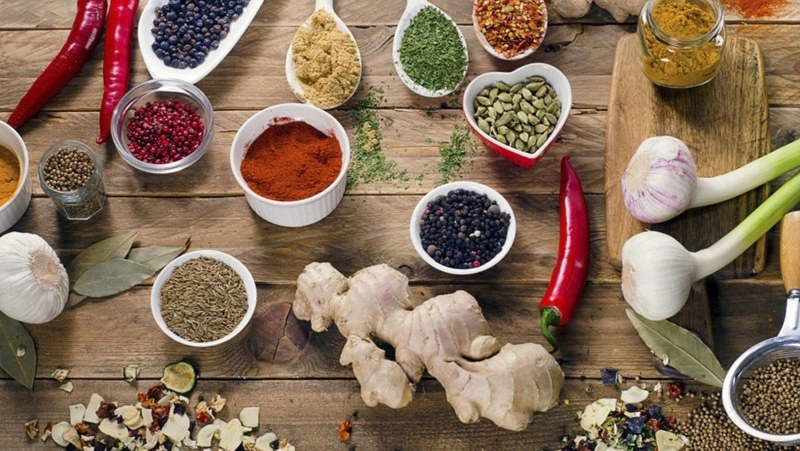
Basic Ingredients
- Rice: Rice is an indispensable ingredient in Vietnamese cuisine. Various types of rice such as white rice, sticky rice, and brown rice are used to cook rice, make cakes, pho, and many other dishes.
- Vegetables: Vietnam has an incredibly rich source of vegetables and fruits, from leafy greens like water spinach, sweet leaf, amaranth to fruit vegetables like squash, tomatoes, and cucumbers. Fresh vegetables are an essential component in Vietnamese dishes.
- Meat: Meat is one of the main sources of protein in Vietnamese cuisine. Common types of meat such as pork, beef, chicken, and duck are widely used in cooking.
- Seafood: With a long coastline, Vietnam has a rich source of seafood, including fish, shrimp, squid, snails, clams, and mussels. Fresh seafood is an important ingredient that adds diversity to Vietnamese cuisine.
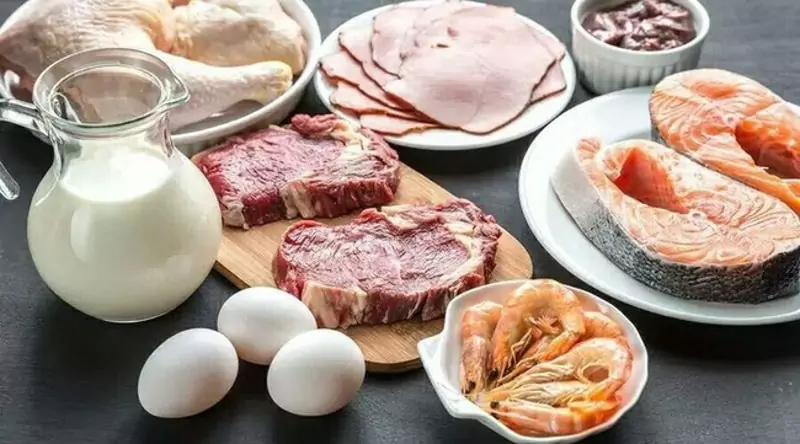
Exploring Spices in Vietnamese Cuisine
What are spices?
According to research by scientific and biological experts, spices are types of foods, herbs (often containing essential oils), or chemical compounds used to add to dishes to create certain positive stimulation for the taste, smell, and sight of the consumer. Additionally, spices play a decisive role in the preparation and seasoning of dishes. They help enhance the flavor, color, and stimulate digestion to make the dish more delicious and appealing. Moreover, some spices can help regulate taste, balance yin and yang, providing dishes that are not only tasty but also healthy for everyone.

Classification of Vietnamese Spices
There are many different types of spices on the market. The classification of Vietnamese spices can be divided into those of plant origin, animal origin, and specific properties and structures as follows:
Plant-based spices
- Leaf spices: Chives, Vietnamese coriander, spring onions, dill, perilla leaves, Thai basil, culantro, coriander, lime leaves, celery, leek, betel leaves, mac mat leaves, mint, cilantro, ginseng leaves, cinnamon leaves, piper lolot leaves, etc.
- Fruit spices: Chili, lime, green pineapple, calamondin, etc.
- Seed spices: Pepper, doi seeds, coriander seeds, mac khen seeds, etc.
- Root spices: Garlic, lemongrass, turmeric, onions, shallots, galangal, winter melon, ginger, etc.
- Some other spices: Shiitake mushrooms, cardamom, licorice, star anise, cinnamon sticks, cloves, fragrant mushrooms, ginseng, wolfberries, vang wood water, coconut milk, coconut water, jujubes, gardenia powder, cardamom, star gooseberry, etc.
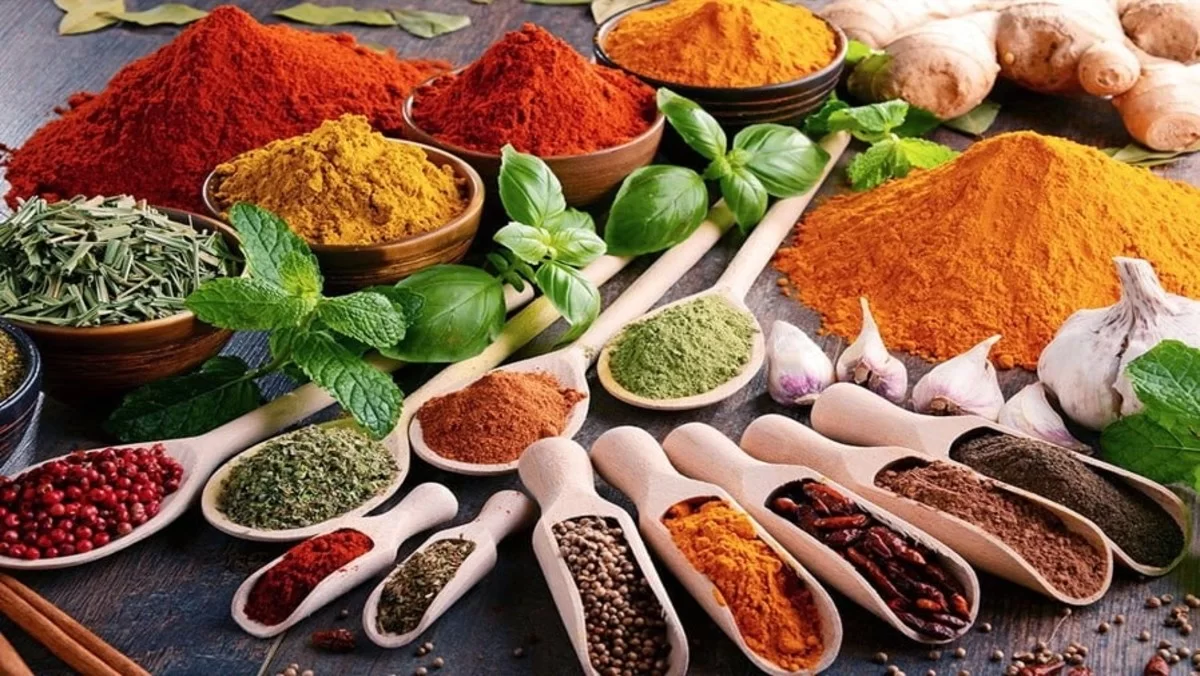
Animal-based spices
- Animal-based spices include fish sauce and various seafood pastes such as shrimp paste, fish paste, and fermented crab paste.
- Spices made from animals include dried sea worms and dried shrimp.
- Microbial fermented spices include fermented rice, vinegar, and white wine.
- Spices made from animal oils include oyster sauce, animal butter, ambergris, bile, milk, etc.
- Other spices include honey.
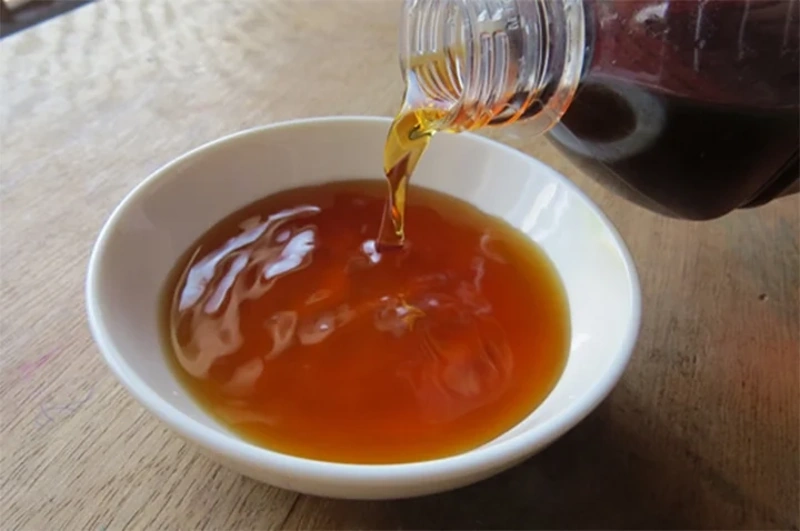
Spices by Properties
To classify by properties, spices are divided into seven groups as follows:
- Sweet spices: White sugar, rock sugar, malt, honey, etc.
- Salty spices: Salt, soy sauce, shrimp paste, fish sauce, soy sauce, etc.
- Sour spices: Lime, tamarind, dracontomelon, starfruit, vinegar, etc.
- Bitter spices: Lime peel, caramel sauce, tangerine peel, etc.
- Spicy spices: Chili, ginger, pepper, mustard, etc.
- Aromatic spices: Onion, garlic, dill, coriander, herbs, turmeric, etc.
- Mixed spices: Five-spice powder, curry powder, tom yum seasoning, chili sauce, ketchup, oyster sauce, satay, etc.
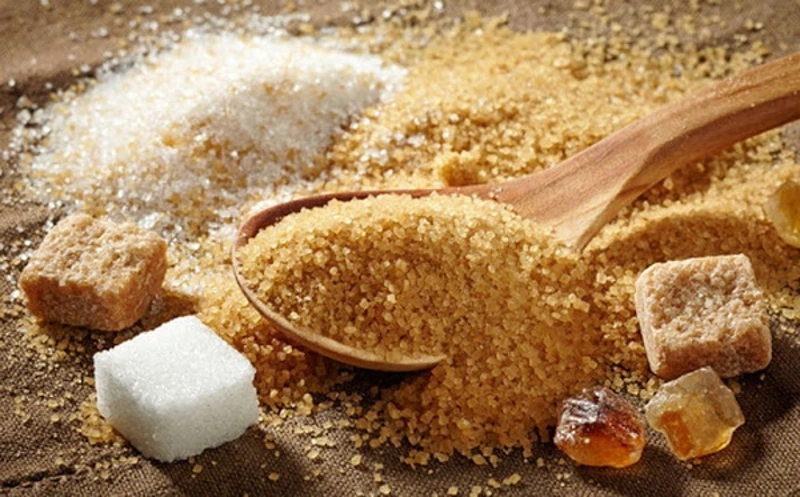
The Importance of Vietnamese Spices in Cuisine
Spices are present in culinary traditions worldwide, but few countries have as distinctive and diverse a treasure trove of spices as Vietnam. The spices in our country are primarily found abundantly in nature and are used fresh, making them easy to find and convenient. Interestingly, every home garden in any Vietnamese village contains a treasure trove of herbs and spices.
One of the most distinctive and indispensable spices in Vietnamese cuisine is fish sauce. Made from fresh anchovies fermented with salt over a long period, fish sauce has a salty, sour, and sweet taste, creating a unique flavor for many dishes such as sour soup, salads, spring rolls, and grilled pork with noodles. Additionally, fish sauce is also used to make dipping sauces, a key component in Vietnamese cuisine.
Next is salt, an essential spice in every meal. Salt not only enhances flavor but also acts as a preservative. Vietnamese people use various types of salt, such as rock salt, sea salt, black salt, and pink salt, each with its own characteristics and uses.
Chili is also an indispensable spice in Vietnamese cuisine. There are many types of chili, such as horn chili, bird’s eye chili, and bell pepper. Chili adds a spicy kick and enhances the flavor and color of dishes. It is often used to make dipping sauces for dishes like spring rolls, grilled pork with noodles, and banh mi.
Not only do we have hundreds of unique spices, but Vietnamese chefs also enjoy blending spices in their own spontaneous style to create distinct flavors. The skillful combination of spices in each specific dish by chefs over generations has contributed to building an incredibly rich and diverse culinary map of Vietnam, from flavors to preparation methods, elevating the Vietnamese spice system.
With these insights into Vietnamese ingredients and spices, we hope to provide you with basic knowledge that will help you create your unique combinations, further enriching Vietnamese cuisine. Don’t forget to follow other culinary articles with Food Vietnamese!
